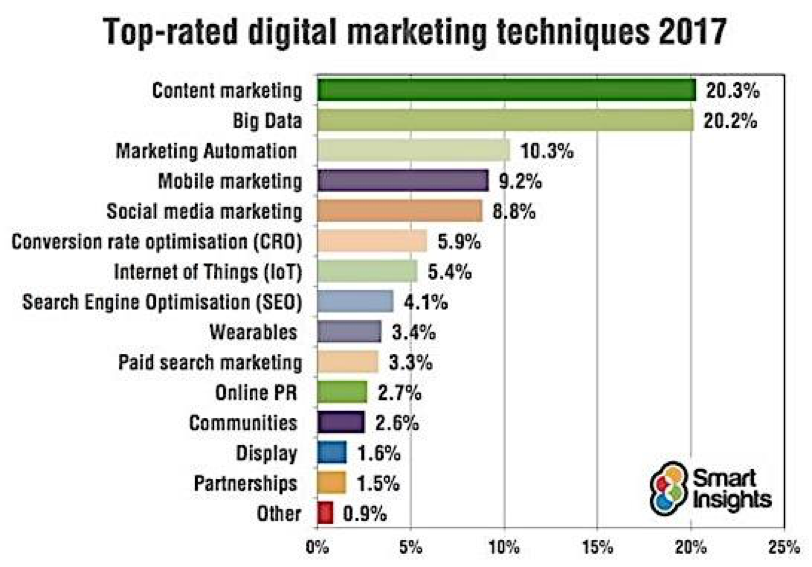Embarking On A Quest To Disclose The Evolutionary Story Of Pediatric Dentistry
Embarking On A Quest To Disclose The Evolutionary Story Of Pediatric Dentistry
Blog Article
Team Author-Somerville Leth
As you explore the elaborate journey of pediatric dentistry, mapping its advancement from the past to today and glimpsing into the future, you'll discover a tapestry woven with innovation and care. From historic milestones to present fads and future possibilities, the landscape of pediatric dental treatment is ever-changing and filled with possibility. All set to reveal the secrets of exactly how this field remains to adjust and thrive, guaranteeing brighter smiles for generations to find?
Historic Turning Points in Pediatric Dentistry
Throughout history, pediatric dental care has seen considerable innovations and landmarks that have actually formed the area into what it's today. learn the facts here now turning point was the establishment of the first dental university in 1840, where dental care started to be identified as a specific area calling for specific expertise and skills. As the field evolved, the very early 20th century saw the intro of oral X-rays, transforming diagnostics and treatment planning for pediatric clients. Additionally, Learn Alot more Here of fluoride treatments in the mid-20th century significantly boosted precautionary care and minimized the prevalence of tooth decay in children.
An additional milestone in pediatric dental care was the development of the American Academy of Pediatric Dentistry in 1947, which intended to promote ideal dental health for kids. This organization played a crucial function in establishing criteria for pediatric oral care and progressing research study in the field. These historical turning points laid the foundation for contemporary pediatric dentistry, highlighting the importance of specialized care for children's dental wellness.
Current Trends in Pediatric Dental Care
Incorporating innovative modern technology and personalized preventative methods, modern pediatric dental care continues to adjust to the developing demands of young individuals.
The following trends display the current landscape of pediatric dental treatment:
1. ** Digital Dentistry **: Digital impacts, 3D imaging, and CAD/CAM innovation are revolutionizing the method pediatric dental experts identify and deal with dental wellness problems in kids. These advancements enhance precision, efficiency, and client comfort throughout dental procedures.
2. ** Tele-Dentistry **: With the increase of telemedicine, tele-dentistry has actually emerged as a hassle-free means for pediatric dental experts to supply consultations, follow-ups, and also certain therapies remotely. This strategy improves accessibility to care, particularly for clients in rural or underserved areas.
3. ** Preventive Focus **: Pediatric dentistry now positions a stronger focus on safety nets such as sealants, fluoride therapies, and early orthodontic treatments. By promoting good oral health habits and routine oral gos to from a young age, practitioners intend to stop oral problems prior to they escalate.
Future Technologies in Pediatric Dentistry
Looking in advance, pediatric dentistry is positioned to introduce sophisticated modern technologies and ingenious approaches to additionally enhance the dental healthcare of young people.
One exciting improvement on the horizon is using 3D printing in developing personalized dental appliances like braces and mouthguards, offering a more precise and comfortable suitable for kids.
Furthermore, virtual reality (VR) innovation is being explored to help reduce dental stress and anxiety in young patients by supplying immersive interruptions during procedures.
Nanotechnology is an additional area of interest, with the potential to create nanomaterials that can remineralize teeth and protect against tooth cavities more effectively.
Tele-dentistry is also acquiring traction, allowing for remote examinations and monitoring, which can specifically benefit youngsters in country or underserved locations.
Furthermore, hereditary testing may soon play a role in personalized preventative care, identifying youngsters's predispositions to specific oral health problems.
These developments indicate an interesting future for pediatric dental care, promising enhanced outcomes and experiences for the youngest dental people.
Conclusion
As you review the advancement of pediatric dentistry, bear in mind that innovations in technology and individualized treatment remain to form the field.
Visualize a child named Emily, who benefited from a 3D printed oral device that perfectly fit her distinct demands, guaranteeing her comfort and dental health.
The future of pediatric dental care holds amazing possibilities, providing ingenious options to improve the oral experiences of young patients like Emily.
